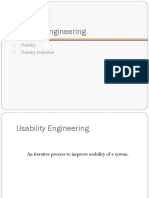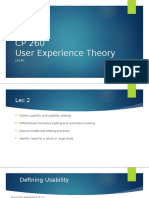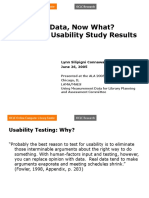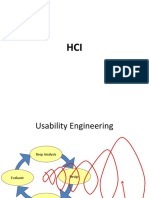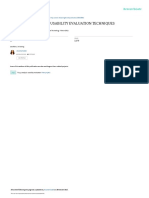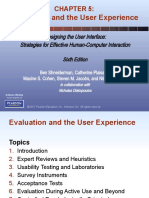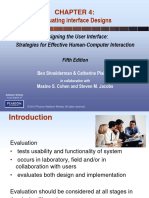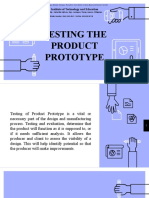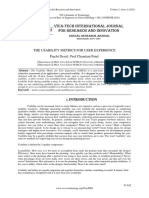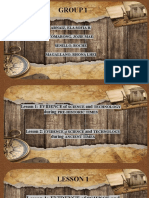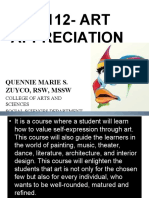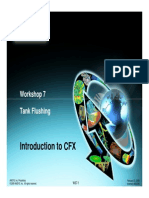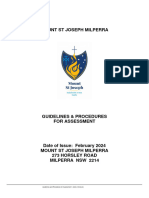0% found this document useful (0 votes)
51 views29 pagesUsability Testing
This document outlines various techniques used for usability testing and evaluation, including ethnographic research, participatory design, focus groups, surveys, walkthroughs, card sorting, paper prototyping, expert evaluations, and usability testing. It also describes the goals of testing, basics of methodology, types of tests such as exploratory, assessment, validation, and comparison tests, and limitations of usability testing.
Uploaded by
Agha KazimCopyright
© © All Rights Reserved
We take content rights seriously. If you suspect this is your content, claim it here.
Available Formats
Download as PPTX, PDF, TXT or read online on Scribd
0% found this document useful (0 votes)
51 views29 pagesUsability Testing
This document outlines various techniques used for usability testing and evaluation, including ethnographic research, participatory design, focus groups, surveys, walkthroughs, card sorting, paper prototyping, expert evaluations, and usability testing. It also describes the goals of testing, basics of methodology, types of tests such as exploratory, assessment, validation, and comparison tests, and limitations of usability testing.
Uploaded by
Agha KazimCopyright
© © All Rights Reserved
We take content rights seriously. If you suspect this is your content, claim it here.
Available Formats
Download as PPTX, PDF, TXT or read online on Scribd
/ 29















